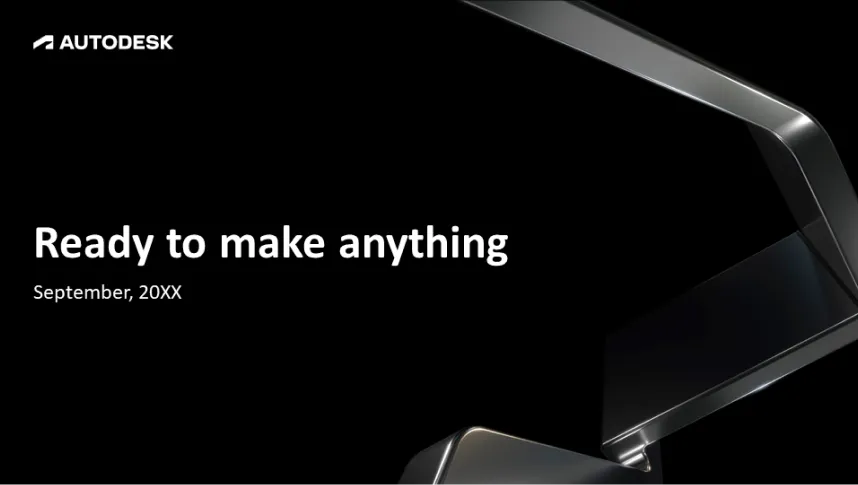Creating a presentation using Excel involves several steps, which include creating the data tables, charts, or graphs, enhancing them with Excel’s design tools, and then importing them into PowerPoint. Here’s a step-by-step guide:
1. Create Your Data Tables, Charts, or Graphs
Begin by entering your data into Excel. You can create a simple data table or use Excel’s features to create complex charts, graphs, or pivot tables. Using the “Insert” tab, choose the chart type that best suits your data.
2. Customize Your Charts or Tables
Next, customize your charts or tables to make them more engaging. Excel provides a variety of design options, including changing colors, adding labels, and adjusting axes. You can access these options by clicking on your chart and then the “Design” and “Format” tabs.
3. Copy Your Excel Elements to PowerPoint
Once your data is visually appealing, you can copy it into PowerPoint. Select your chart or table, press “Ctrl + C” to copy, switch to your PowerPoint presentation, and press “Ctrl + V” to paste.
4. Format Your Excel Elements in PowerPoint
After pasting your Excel elements into PowerPoint, you may want to adjust their size or position, or apply PowerPoint’s design features. To do this, click on your pasted element and use the options under the “Format” tab.
5. Update Your Data
If your data changes, you can easily update your charts or tables in PowerPoint. Just right-click on your chart or table, select “Edit Data,” and you’ll be taken back to your original Excel file where you can make changes. Your PowerPoint will update automatically.
Remember, clarity and simplicity are key when creating presentations. Make sure your data is easy to understand and your design is visually appealing. If you’re finding it challenging, SlideGenius offers professional PowerPoint design services to help you create compelling presentations.
View Our Presentation Portfolio










